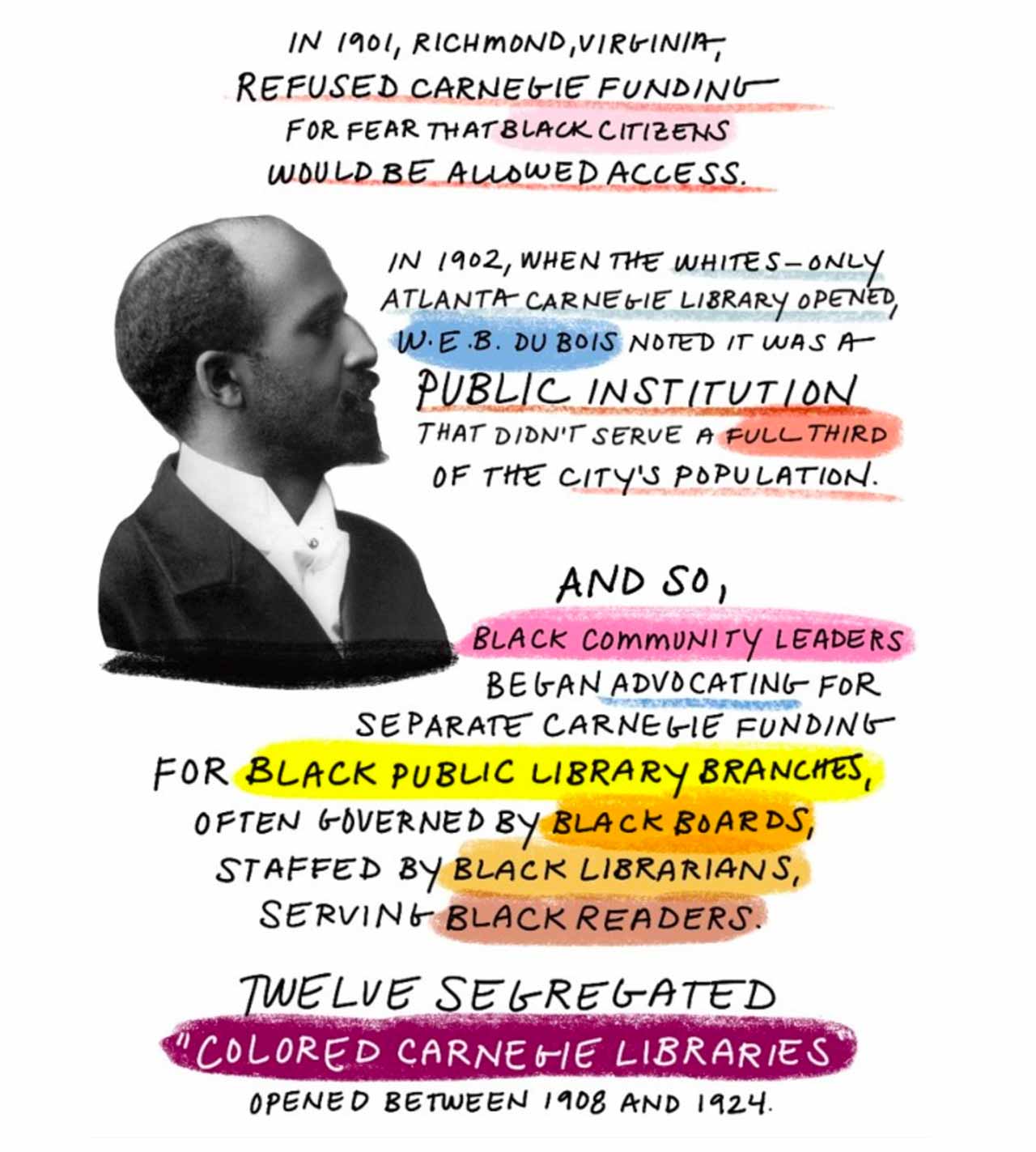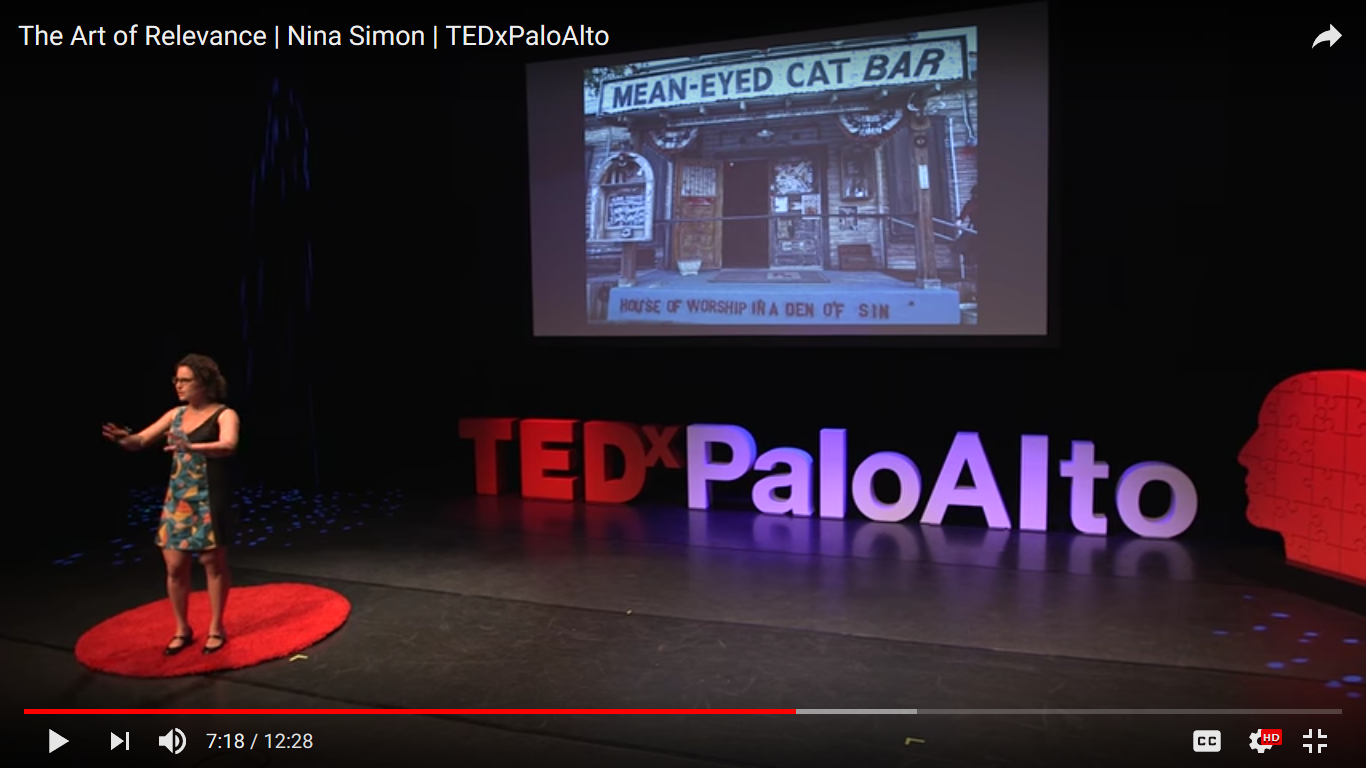Seth Godin recently wrote a lengthy post on the subject of apologies. He addresses the issue of entities providing insufficient apologies but also the expectation of restitution which is out of proportion with the offense. Since good customer service is one of the primary attributes that contribute to the success of non-profit arts organizations, it is obviously worth considering what he has to say.
We can start by asking, “what is this apology for?” What does the person need from us?
- To be seen
- Compensation
- Punishment for the transgressor
- Stopping the damage
The first category is the one that most demands humanity, and it’s also the most common. A form letter from a company does not make us feel seen. Neither does an automated text from an airline when a plane is late. One reason that malpractice victims sue is that surgeons sometimes have trouble with a genuine apology.
He says when people don’t feel they have been seen, it leads to demands for the other three elements: Compensation to make good on a real or perceived loss; Punishment which allows the victim to feel the transgressor has also suffered; Stopping the damage so that no one else suffers the same harm in the future.
These other three categories can be executed in a constructive manner, though it is easy for punishment to turn into a recurring cycle of damage.
However, Godin says some psychological and social expectations related to compensation, punishment and stopping the damage can have a destructive result.
Compounding these totally different sorts of apologies is the very industrial idea of winning. Victims have been sold that it’s not enough that your compensation is merely helpful, but it has to be the most. That you won the biggest judgment in history. That the transgressor isn’t simply going to jail, but is going to jail forever, far away, in solitary confinement. We’ve all ended up in a place where one of the ways to feel seen is to also feel like you came in first place compared to others.
Though it may not prevent someone who seeks to win to the detriment of others, Godin says the best way for an organization to address damage is to train and empower front line staff to provide an empathetic response.
The challenge that organizations have is that they haven’t trained, rewarded or permitted their frontline employees to exert emotional labor to create human connection when it’s most needed.
[…]
The alternative is to choose to contribute to connection by actually apologizing. Apologizing not to make the person go away, but because they have feelings, and you can do something for them. Apologizing with time and direct contact, and following it up by actually changing the defective systems that caused the problem.
“Yikes, I’m sorry you missed your flight–I really wish that hadn’t happened. The next flight is in an hour, but that’s probably going to ruin your entire trip. Are you headed on vacation?”






I've been to a few of the Science on Tap events, though I never gave a talk at one of…